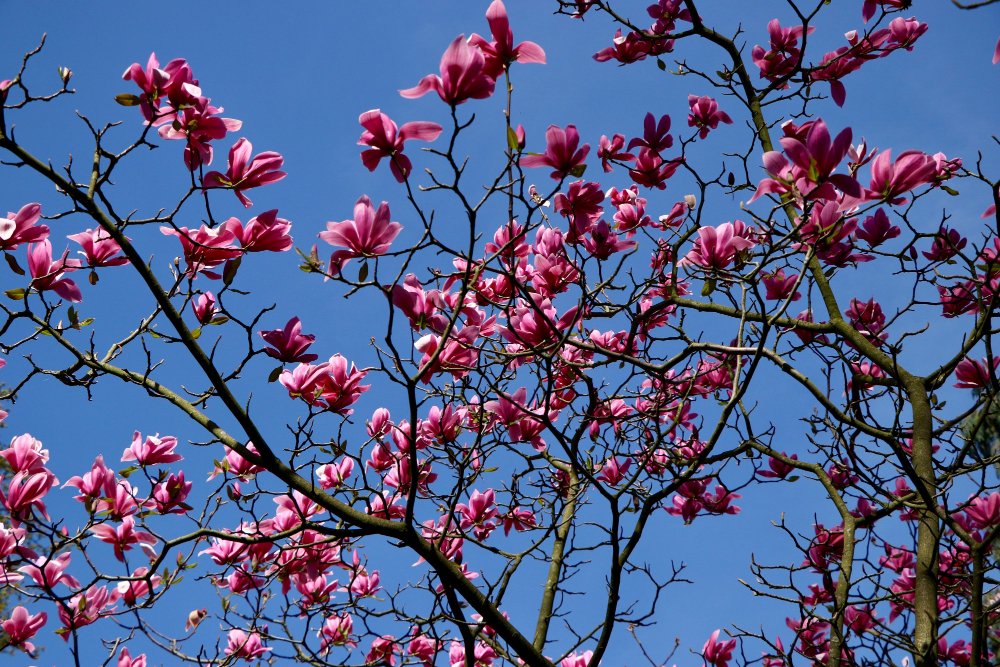Magnolia trees are celebrated for their exquisite blooms and stately presence in gardens and landscapes worldwide. However, beyond their visual appeal, these ancient trees provide numerous ecological benefits that significantly contribute to the health and sustainability of their environments. From supporting biodiversity to improving air quality, magnolias play a crucial role in maintaining ecological balance and promoting a healthier planet. This article explores the various ways in which magnolia trees benefit their ecosystems and why they are essential components of our natural world.
Biodiversity Support
Magnolia trees provide crucial habitat and food sources for a variety of wildlife:
- Pollinators: The large, fragrant flowers of magnolias attract numerous pollinators, including bees, beetles, and butterflies. These insects play a vital role in pollinating not only magnolias but also other plants in the ecosystem.
- Birds and Mammals: Magnolia seeds and fruits are a valuable food source for birds and small mammals. Birds such as woodpeckers, nuthatches, and warblers find shelter and nesting sites in magnolia branches.
- Insects: The dense foliage and bark of magnolias offer a habitat for various insects, which in turn support larger predators like birds and mammals.
Air Quality Improvement
Magnolia trees contribute to cleaner air by:
- Oxygen Production: Like all trees, magnolias photosynthesize, converting carbon dioxide into oxygen and improving air quality.
- Pollutant Absorption: Magnolias absorb pollutants such as sulfur dioxide, ammonia, and nitrogen oxides from the air. Their leaves can trap particulate matter, helping to reduce pollution levels.
- Carbon Sequestration: Magnolia trees capture and store carbon dioxide, mitigating the effects of climate change by reducing the overall amount of greenhouse gases in the atmosphere.
Soil Health and Erosion Control
Magnolias play a vital role in maintaining soil health and preventing erosion:
- Soil Structure: The roots of magnolia trees help improve soil structure by increasing its porosity and enhancing water infiltration and retention. This leads to healthier soil that supports a diverse range of plant life.
- Nutrient Cycling: Fallen leaves and flowers from magnolia trees decompose, returning essential nutrients to the soil and promoting a healthy, balanced ecosystem.
- Erosion Prevention: The extensive root systems of magnolia trees stabilize soil and reduce erosion, particularly on slopes and in areas prone to heavy rainfall.
Climate Moderation
Magnolias help moderate local climates by:
- Temperature Regulation: The canopy of magnolia trees provides shade, reducing ground temperatures and cooling the surrounding air. This is especially beneficial in urban areas where heat islands are common.
- Humidity Control: Transpiration, the process by which trees release water vapor from their leaves, increases humidity levels and can create a more comfortable microclimate.
Water Conservation
Magnolia trees contribute to water conservation in several ways:
- Water Filtration: The root systems of magnolia trees help filter groundwater, removing pollutants and improving water quality.
- Runoff Reduction: By absorbing rainwater, magnolia trees reduce surface runoff, decreasing the risk of flooding and protecting aquatic ecosystems from pollution.
Conclusion
Magnolia trees are more than just ornamental additions to our gardens; they are vital contributors to the health and sustainability of our ecosystems. By supporting biodiversity, improving air and soil quality, moderating local climates, and conserving water, magnolias play an essential role in maintaining ecological balance. Planting and caring for magnolia trees not only enhances the beauty of our landscapes but also promotes a healthier and more sustainable environment for future generations.




